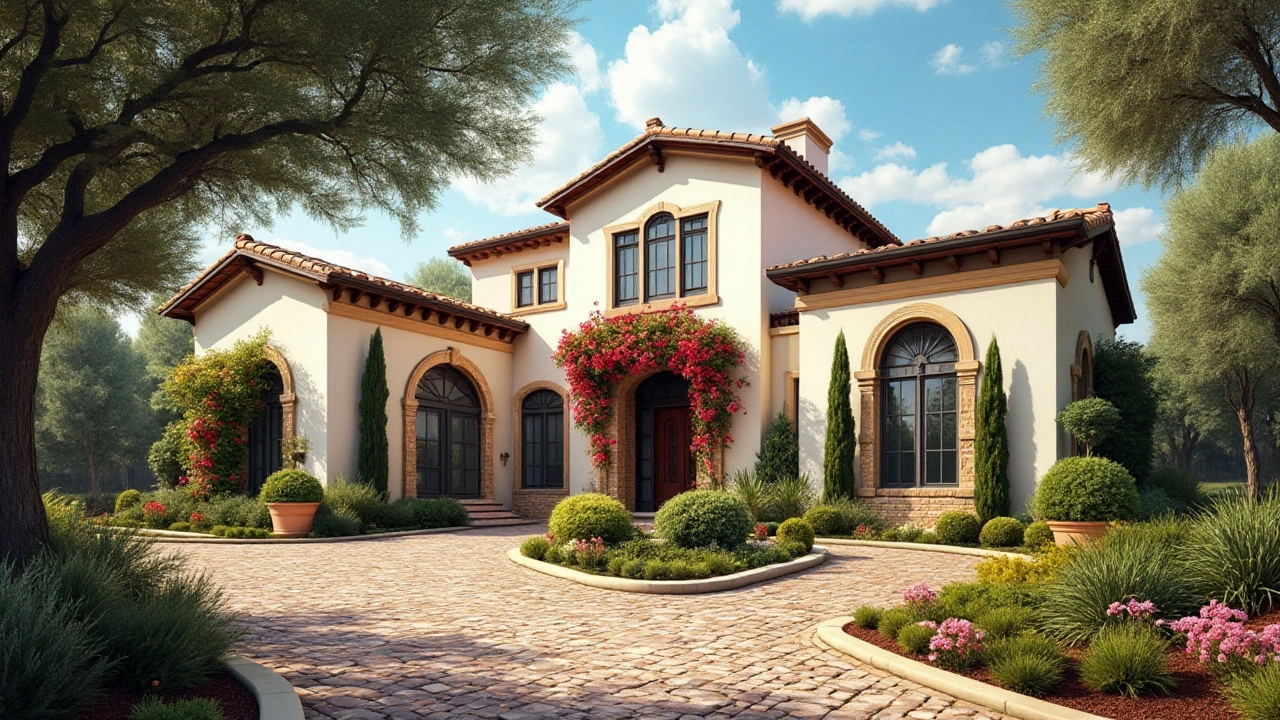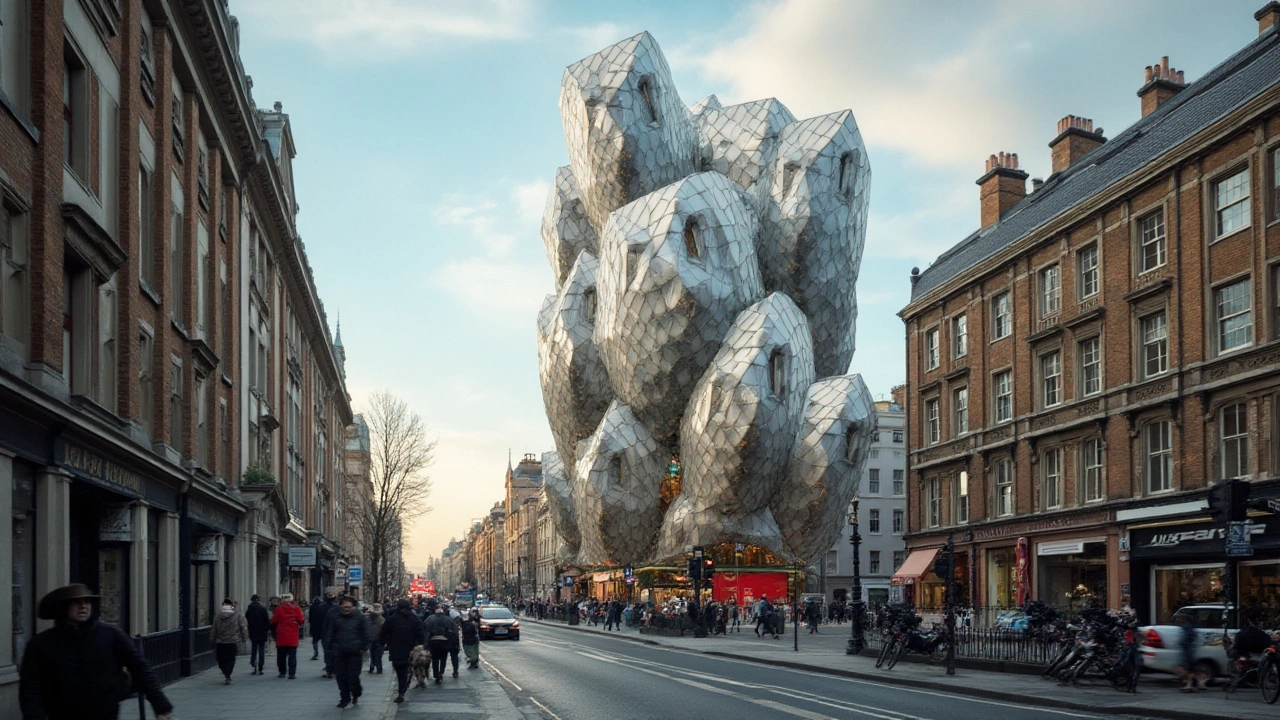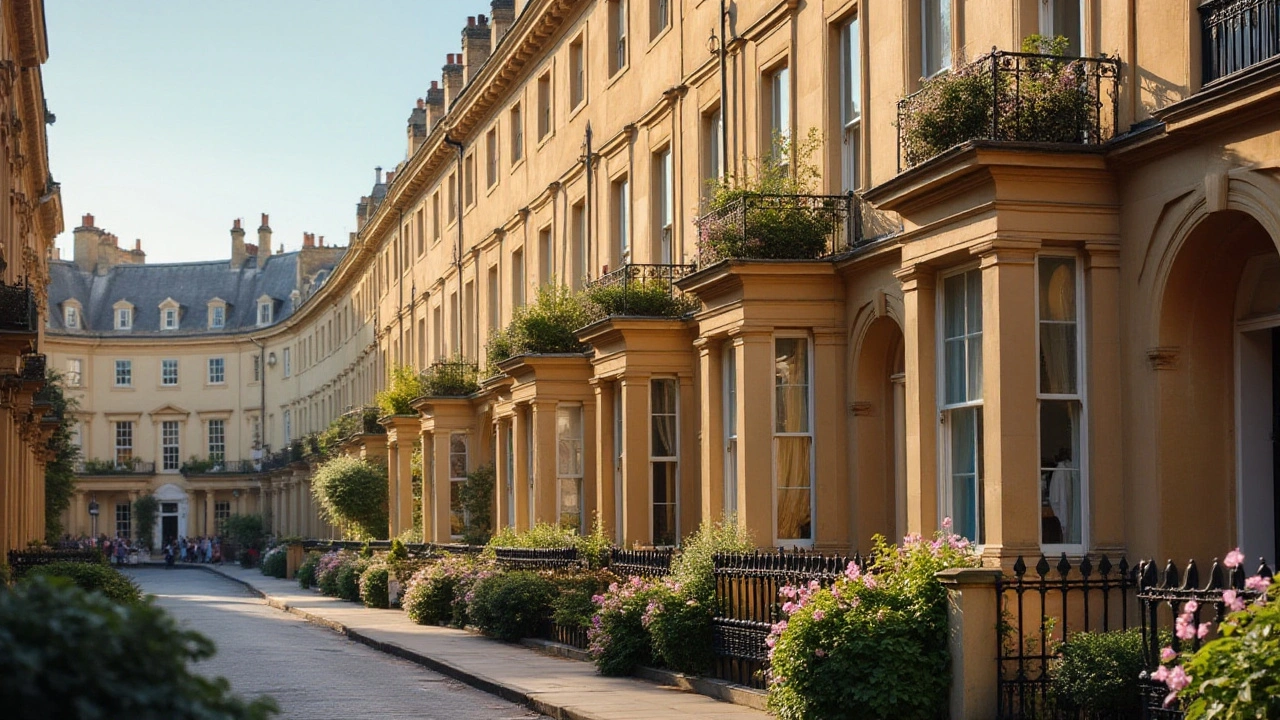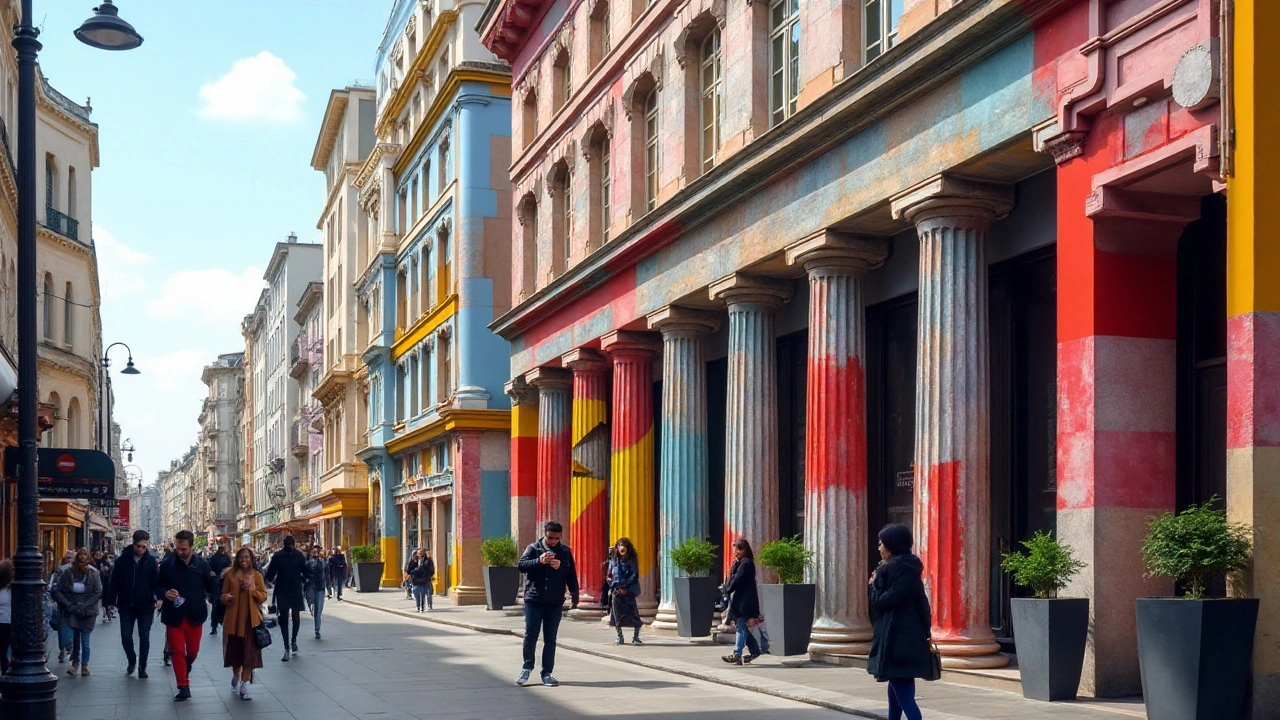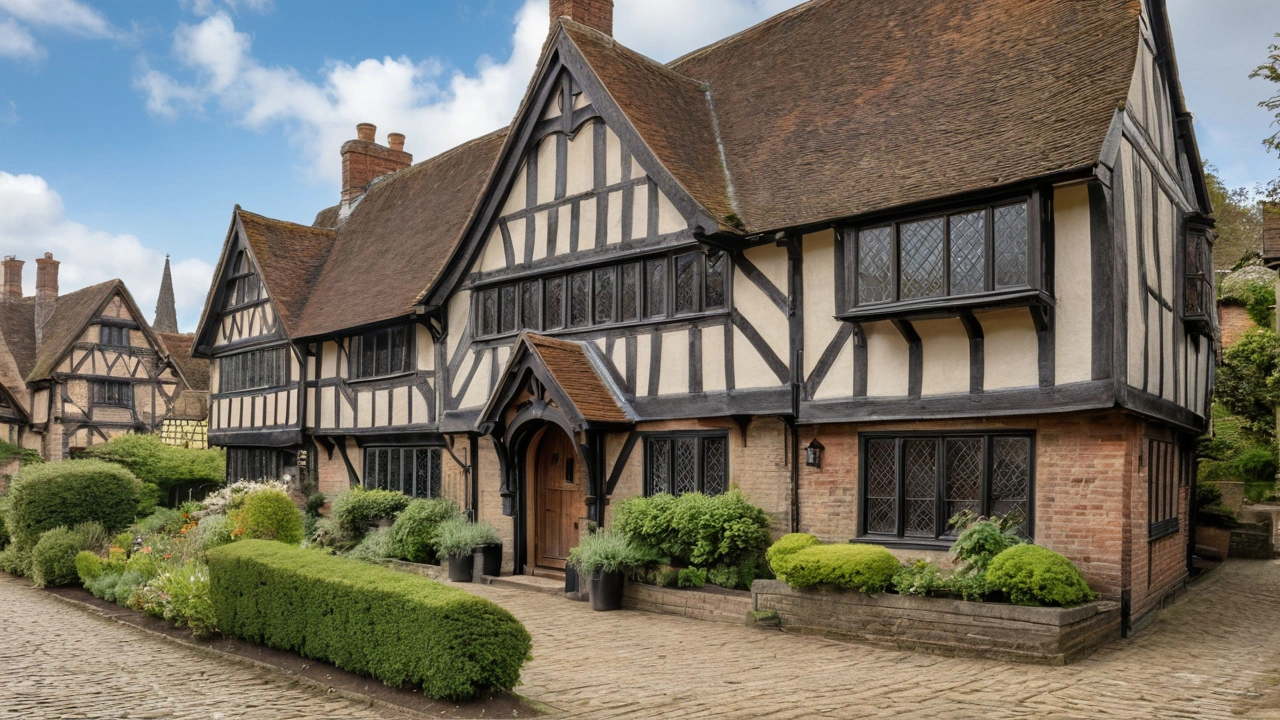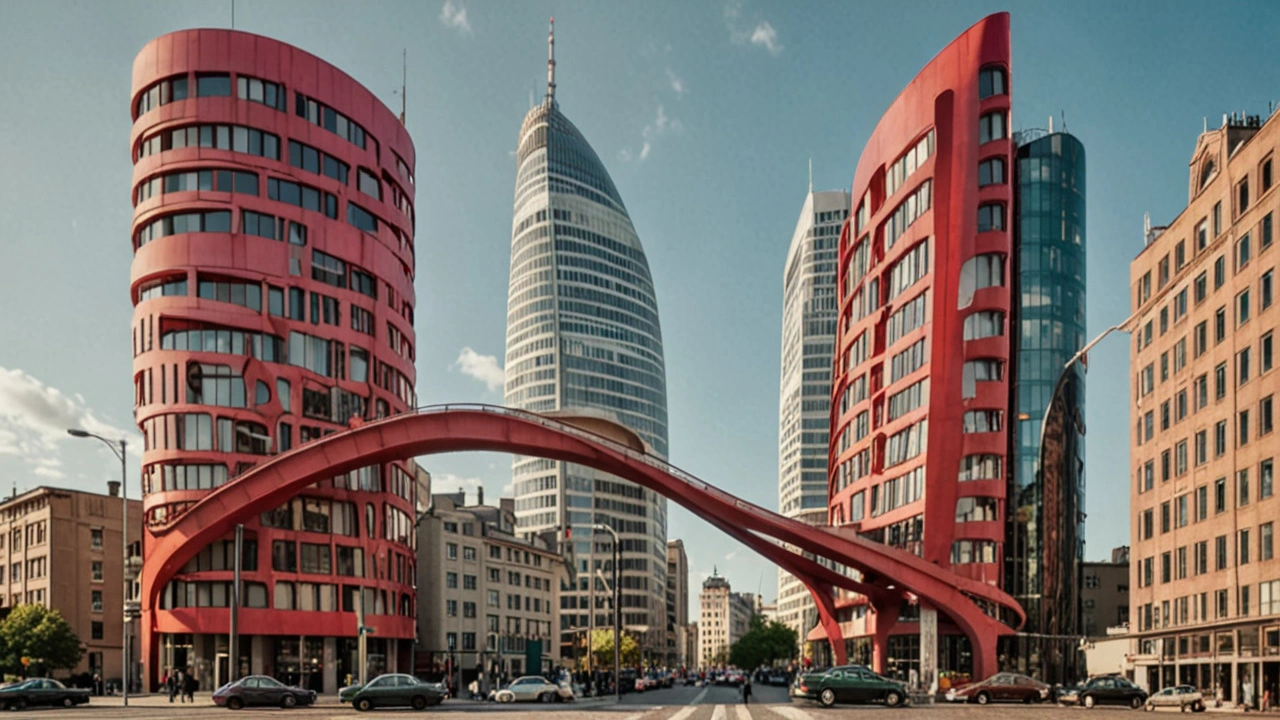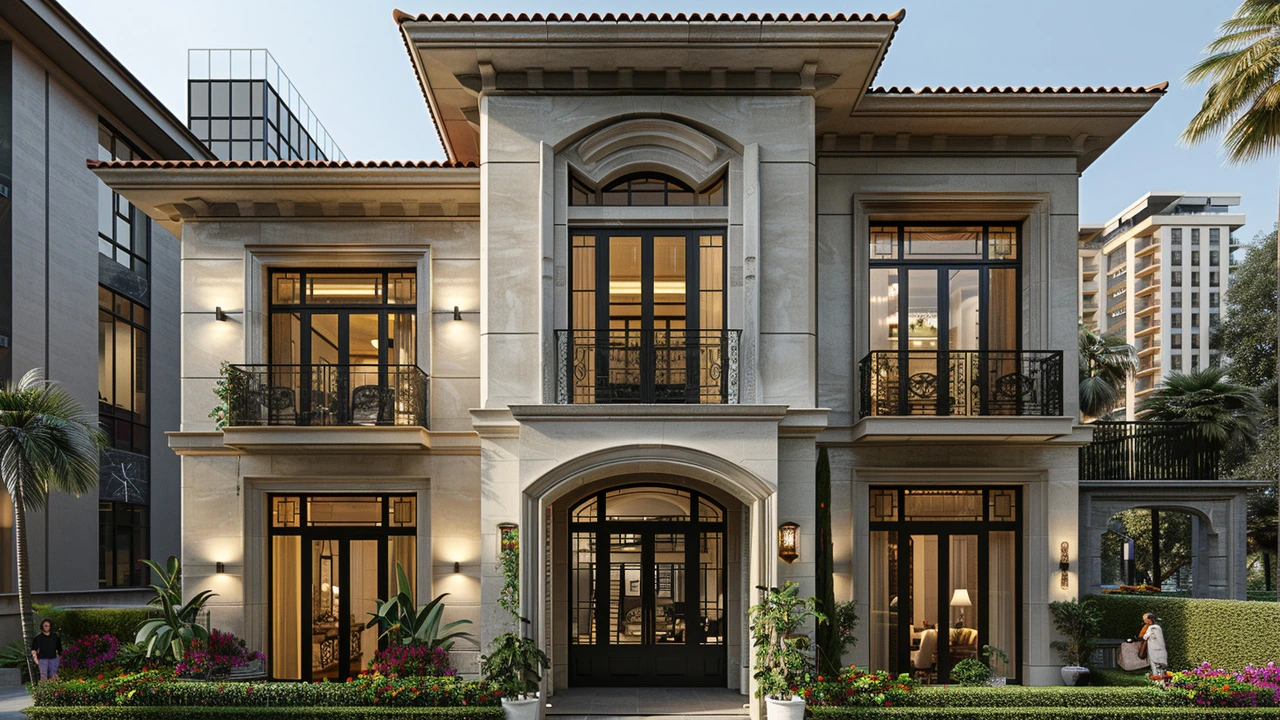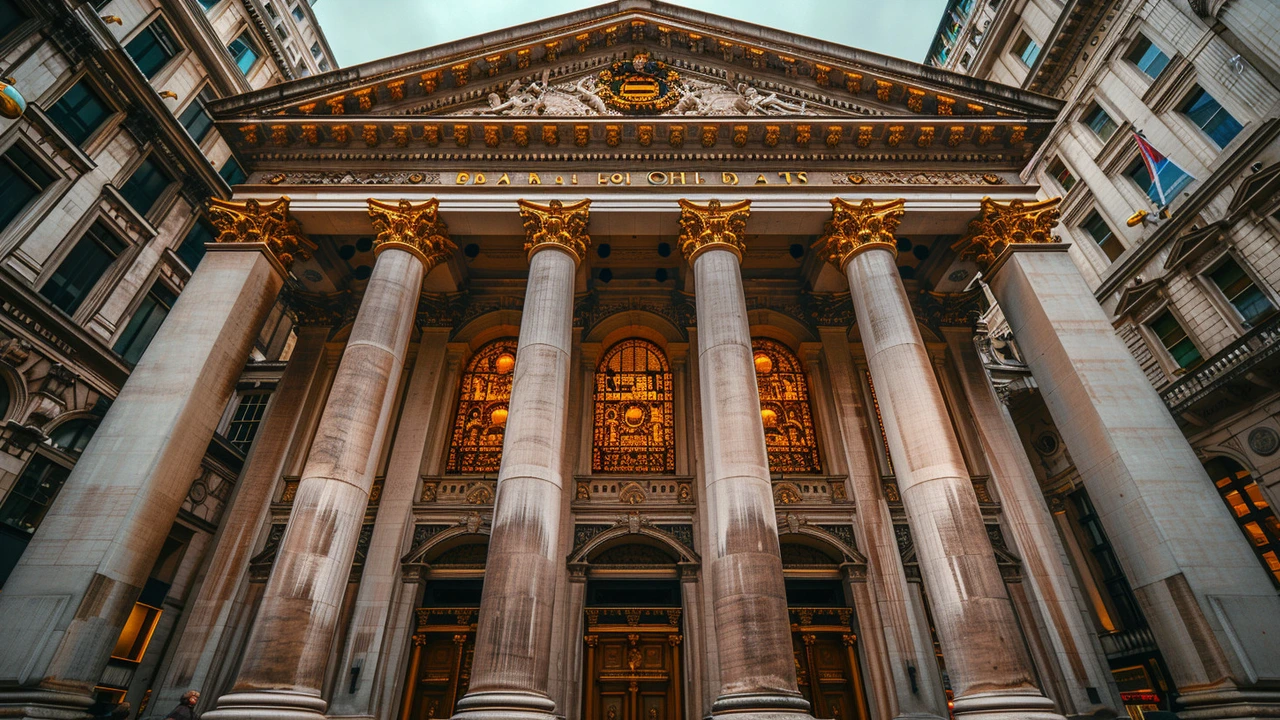This article explores the distinctive elements and enduring appeal of Tudor architecture, a classic style that originated in England during the late 15th century. It delves into the key features such as timber framing, steeply pitched roofs, and ornate gables. The article also addresses how Tudor architecture has been adapted in modern homes across the globe, offering tips for incorporating its signature style into contemporary settings. Discover the rich historical context and craftsmanship that make Tudor architecture a beloved choice for homeowners and designers alike.
Category: Architecture & Design
Mediterranean Revival Architecture is an enchanting style that draws inspiration from the sun-drenched coasts of Spain, Italy, and Greece. Emerging in the late 19th and early 20th centuries, it brings a touch of Old World elegance through its characteristic terracotta roofs, arched windows, and stucco walls. This architectural approach captures the essence of beauty and harmony, making it a popular choice for homes in warm climates. Dive into the elements that define this captivating style and learn tips on incorporating its timeless allure into modern designs.
Deconstructivism challenges traditional design norms by embracing asymmetry and fragmentation, leading to innovative spaces that defy conventional aesthetics. This approach has been instrumental in transforming environments, pushing the boundaries of what architecture can convey. Through its unique way of juxtaposing elements, Deconstructivism creates dynamic spaces full of tension and excitement. The article explores its principles, historical roots, and practical impacts on contemporary spaces.
Georgian architecture, a style that flourished from the early 18th to the early 19th century, is renowned for its elegance and symmetry. Its roots are deeply embedded in the classical architecture of ancient Rome and Greece, marrying beauty with practicality. Picture-perfect Georgian buildings can be found strewn across the United Kingdom and other parts of the world, showcasing signature features like sash windows, decorative cornices, and proportional design. This article delves into the history, characteristics, and lasting appeal of Georgian architecture.
Postmodern architecture, which emerged in the mid-20th century, is known for its diverse styles and challenging of traditional norms. This style incorporates a mix of historical references, bold forms, and playful elements. The movement stands out for its emphasis on embracing complexity and contradiction, often seen in the unexpected juxtapositions seen in the buildings. Through playful colors, shapes, and materials, postmodern architecture creates distinct and memorable spaces.
This article delves into the world of Tudor architecture, uncovering its historical roots, key design elements, and enduring charm. Known for its distinctive style that combines both beauty and history, Tudor architecture is characterized by timber-framed structures, steeply pitched roofs, and ornate detailing. Whether you're restoring an old home or simply appreciating historic buildings, understanding Tudor architecture offers a fascinating glimpse into the past.
Expressionist architecture, with its bold and imaginative designs, has redefined the built environment since its emergence in the early 20th century. Known for its dramatic and emotional qualities, expressionist buildings often feature non-traditional shapes and creative use of materials. This article delves into how this architectural style transformed urban landscapes, the prominent architects behind it, and its lasting impact on modern architecture. Readers will gain insight into the unique characteristics of expressionist architecture and learn how it continues to inspire contemporary designs.
Mediterranean Revival architecture combines elements from various regions around the Mediterranean Sea, creating a timeless and visually captivating style. Its use of warm colors, arches, and lush landscaping makes it a favorite among designers. Practical aspects, such as its ability to stay cool in hot climates, add to its desirability. This article dives into why this architectural style continues to be popular and how it can be applied to modern designs.
Baroque architecture, known for its ornate detail and dramatic beauty, continues to influence our modern world. The intricate designs and grandeur of Baroque buildings offer more than just aesthetic appeal; they embody cultural and historical significance that remains relevant. This article delves into why Baroque architecture still matters today, examining its unique features, historical importance, and lasting impact on contemporary design.
This article delves into the continuing ascent of the International Style in architecture, examining its historical roots, key characteristics, notable architects, and its global influence. It also discusses how the style has evolved over the years and offers practical tips for incorporating International Style elements into contemporary design. Readers will gain a comprehensive understanding of why this architectural trend remains relevant.

